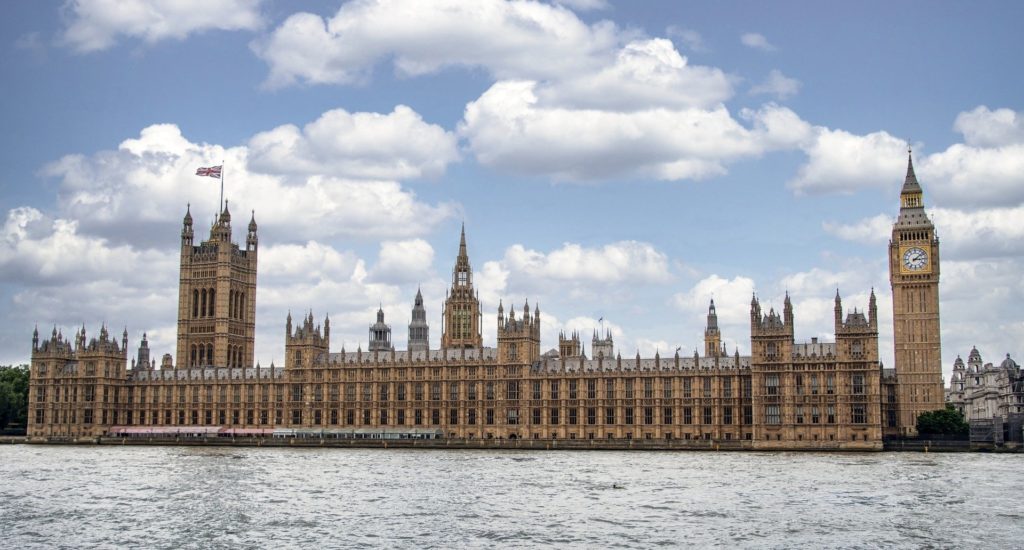Female election candidates less likely to be retweeted and receive media coverage, study shows

Dr Kolpinskaya held a Parliamentary Office for Science and Technology Academic Fellowship examining the House of Commons as a working environment for disabled politicians
Female candidates in recent UK General Elections were less likely to be retweeted than male candidates and less likely to receive media coverage, research shows.
Experts have found new evidence which could help to address the puzzle of the gender penalty in British elections. Female candidates seem to need greater experience and to put in greater effort during campaigns to get elected at the same rates as male candidates.
The research is detailed in a new book which examines traditional and online media influences on the general elections of 2015, 2017 and 2019 in Britain. Brexit and the UK’s 2016 referendum on membership in the European Union.
It also shows how newspaper coverage of politics influenced how it was covered on television news, and this was mostly from the Conservative press.
Media coverage of party leaders had a greater impact on people’s voting intentions than media coverage of issues, consistent with a growing “presidentialisation” of British elections. Traditional media retained their prime gatekeeping role in terms of which issues were most salient, even while social media allowed messages on those issues to flow independent of traditional media.
Researchers used advances in data and research methods to examine the contemporary media landscape in British politics and elections, including influences on media coverage, the ways in which politicians and the public engage with the media and the impact of the volume and tone of media coverage on political behaviour.
Media and the British General Elections of 2015–2019 is edited by Daniel Stevens, Susan Banducci, Laszlo Horvath and Ekaterina Kolpinskaya. The research in the book is based on unique media datasets forming the British Election Longitudinal News Study 2015–2019.
Kiran Arabaghatta Basavaraj, Patrick English and Susan Banducci looked at social media messages from female and male candidates and media coverage of more than 1,500 candidates in the 2019 general election. They linked tweets from the candidates – 920 male and 587 female candidates with media coverage of the candidates from sixty-four news outlets and data on their experience and electoral success.
Female candidates tweeted more than male candidates but received less retweets than male candidates. Media coverage for women candidates was less effective in translating into electoral success. The fact women candidates need to put more into the electoral process – more resources, more skills, more effort – to achieve gender neutral outcomes could help explain why women experience bias from voters and the media yet still manage to win elections.
Research by Hannah Bunting and Laszlo Horvath shows closer contests in the 2015, 2017 and 2019 British elections were associated with more positive media coverage of those elections in the media.
The data from the British Election Longitudinal News Study (BELNS) that measures the sentiment of media coverage of three general elections between 2015 and 2019 indicates candidates in safe constituencies may not be disadvantaged in terms of coverage. Safe and competitive seats receive comparable amounts of coverage. This is the same for both men and women, but men tend to get more positive coverage in safe constituencies. Women receive a somewhat higher amount of favourable coverage in competitive constituencies, suggesting that the intensity of the race does not automatically turn the tone of the (newspaper) campaign negative
Charlotte James, Susan Banducci and Iulia Cioroianu found traditional media retained their prime gatekeeping role in terms of which issues were most salient, even while social media allowed messages on those issues to flow independently of traditional media. There is evidence of a relationship between sharing political content on social media and a reduced impact of the Conservative press, but only in 2017 and only for affect towards Jeremy Corbyn; it did not have the same relationship with perceptions of Corbyn as the best prime minister.
Amanda Haraldsson found several positive relationships between a negative tone in the coverage of female and ethnic minority candidates and a range of indicators of engagement such as political discussion, interest and intention.



